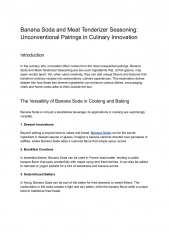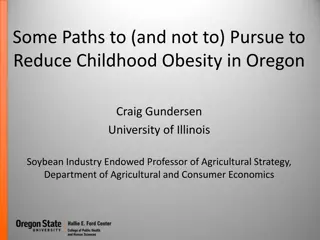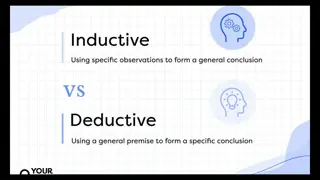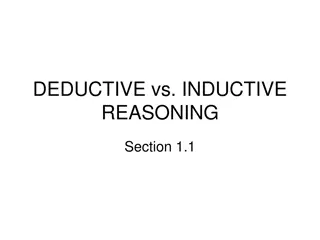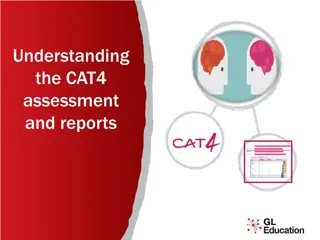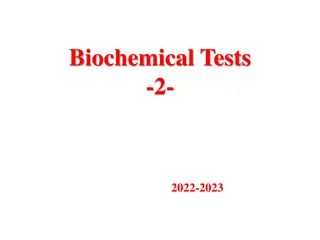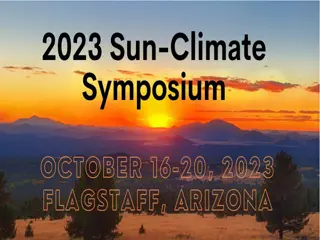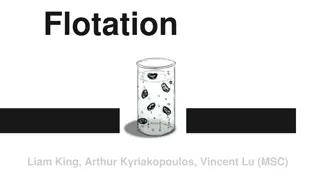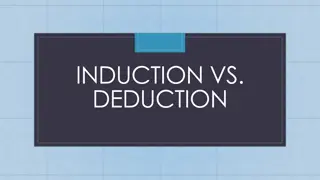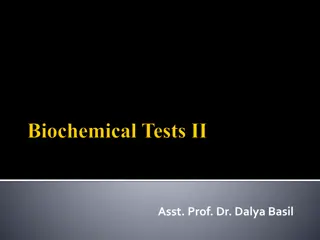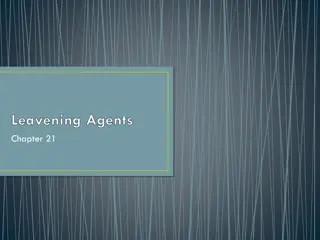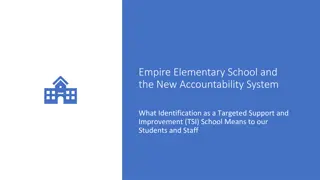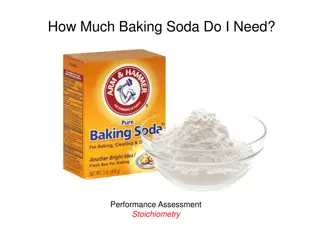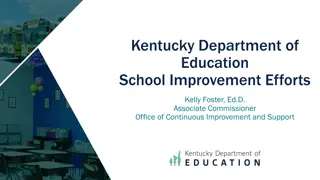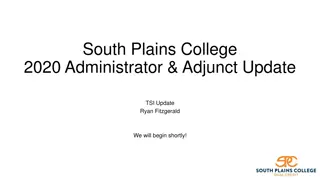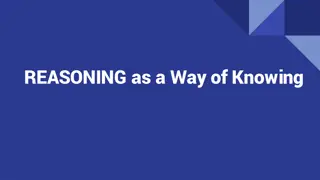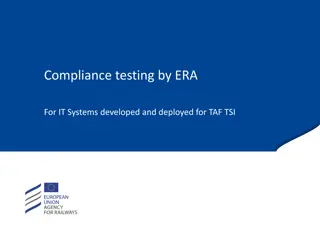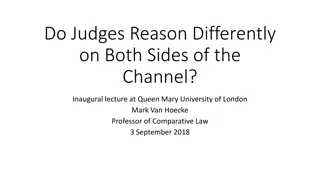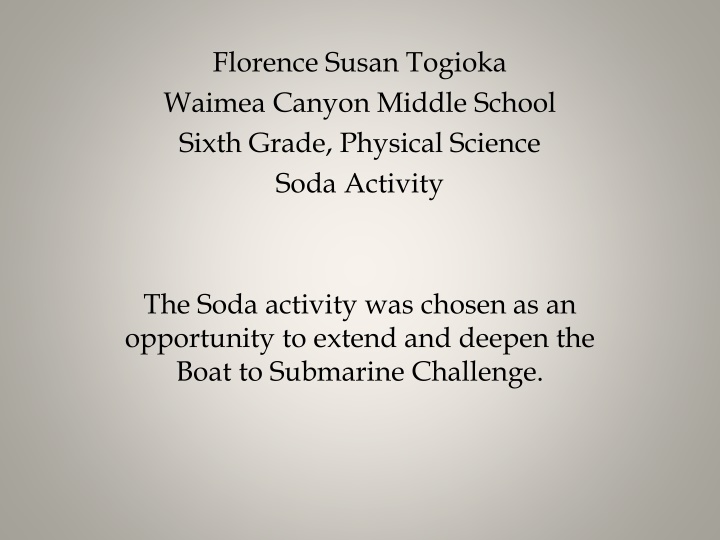
Engaging Soda Activity Enhances Student Learning
Explore how a Soda activity connected to the ocean expanded student knowledge on density through predictions and experimentation, fostering a deeper understanding through hands-on learning. The engaging lesson, spread across multiple class periods, integrated elements of the Boat to Submarine Challenge, promoting critical thinking and scientific inquiry.
Download Presentation

Please find below an Image/Link to download the presentation.
The content on the website is provided AS IS for your information and personal use only. It may not be sold, licensed, or shared on other websites without obtaining consent from the author. If you encounter any issues during the download, it is possible that the publisher has removed the file from their server.
You are allowed to download the files provided on this website for personal or commercial use, subject to the condition that they are used lawfully. All files are the property of their respective owners.
The content on the website is provided AS IS for your information and personal use only. It may not be sold, licensed, or shared on other websites without obtaining consent from the author.
E N D
Presentation Transcript
Florence Susan Togioka Waimea Canyon Middle School Sixth Grade, Physical Science Soda Activity The Soda activity was chosen as an opportunity to extend and deepen the Boat to Submarine Challenge.
We connected this activity to the ocean at the conclusion of the activity. The students were given a handout entitled What s Going on here? . This hand out focuses on density and concludes with some examples of approximate densities of some common substances. The question given to the students pushed them to think about what would happen if the sodas were put into a different liquid such as the ocean? This question triggered new predictions and an eagerness to participate in the discussion.
Our class period of 82 min. was divided between checking homework and the Science Fair project. Therefore, the activity was spread out for four class periods for approximately 30 minutes each. The lesson was presented close to the TSI design and included written records of the investigation in notebooks. I used Tri balances for mass measurement. At the conclusion, of the activity the students were given a reading assignment that was chosen to build their comprehension of density, mass, weight, and some examples of approximate densities of some common substances.
The students spent most of their time creating questions, predicting, testing, and having fun. The students were least in Instruction phase, and busy in Investigation, Invention, and Interpretation. All the students needed was a guide to move to the next level. I think I guided, expected, and questioned well.
The Soda activity addressed all the modes of Inquiry, Instruction, Initiation, Investigation, Invention and Interpretation. The students were not told which part of the activity they were doing in an inquiry. At the conclusion a student brought up that we did not do some of the steps of investigation in the activity. He showed his understanding of creating a lab report and displaying information. I was surprised again.
Following the Boat and Submarine Challenge, students are aware that heavier objects sink and lighter float and that more mass helps with the sinking of an object, matter can be moved to make objects sink and float and maybe the more weight the quicker an object sinks. What was new was that even though the sodas all look similar, they do not respond the same when dropped in water. That by finding the density of an object they could determine if a soda will sink or float when compared to water s density. The hand out What s going on here? was added to the activity for comparison analysis. That articles information gave them pause.
The Soda activity helped to develop the students understanding and analysis process of data. That the process of data collection has a purpose and needs to be included in their observations. For example, after they finished collecting data on the different variables, they were to create a hypothesis using the variables and how they affect the sinking and floating of soda cans. With that task it brought all that collection to a conclusion. This activity enhanced my understanding of teaching science as inquiry because this activity included the use of mathematics in the fun of soda density discovery.
Overall, the students were all simultaneously learning together. The activity would be easy to do again because there was minimal set up, materials, and students enjoyed themselves, and that made me enjoy the activity as well.
Which kind of Coca Cola will float regular or diet?
Procedure 1. Observe the soda can demonstration. 2. Record your observations in your notebook. Observation
Question: What will the different kinds of soda do when they are dropped into the water? Create a prediction for each of the 5 cans of soda. Which will float or sink?
Variable 1. 2. 3. Fanta Sprite Sprite zero Diet Cola Coca Cola
Observation: Hypothesis: (If, then, because)
Find the mass of each can-dry to the nearest gram. The volume of each liquid in each can is 12 oz. or 355 mL. The total volume of each can is approximately 380 mL.
Summarize your observations. Look at the variable information and or results. Summary/Conclusion

